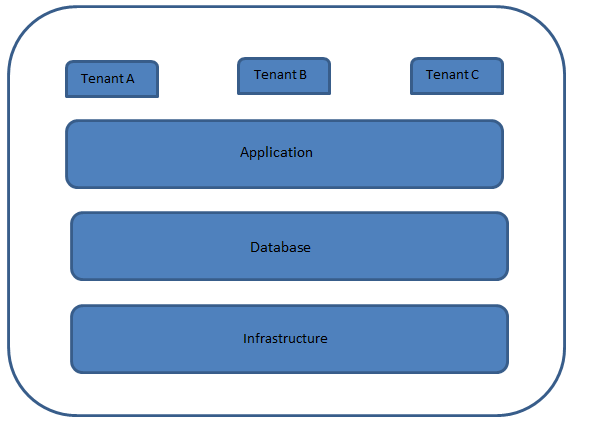Oracle Startup failed with ORA-00119 and ORA-00130 in Linux
Reasons for ORA-00119 and ORA-00130 during Oracle database startup Oracle startup can be failed on Linux system with below error message. ORA-00119: invalid specification for system parameter LOCAL_LISTENER and ORA-00130 . Common reasons for ORA-00119 and ORA-00130 includes, Incorrectly defined local_listener parameter Issues with server hostname configuration In the given instance no value was set for the LOCAL_LISTENER parameter. And the hostname for the system was correct. But " hostname –i " was failing, with host name lookup failure as below. Check the '/etc/hosts' and '/etc/sysconfig/network' for difference on hostname definition. Set the same hostname in both files and reboot the server.



